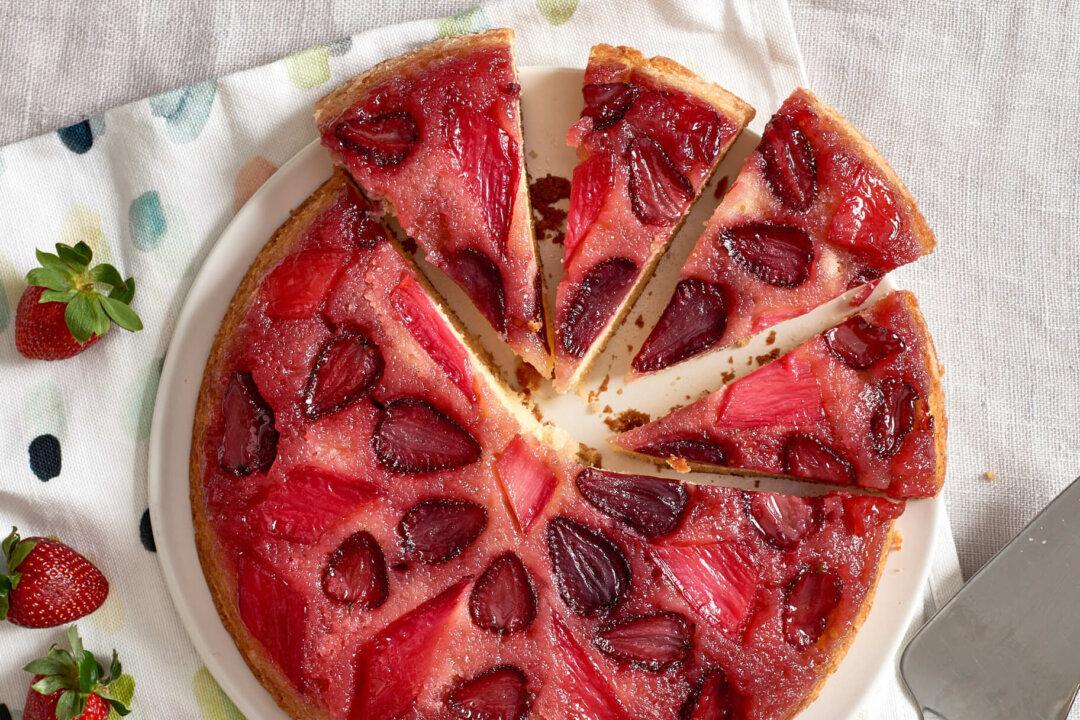Madeleines are the little French butter cakes that most (non-French) people think of more as a cookie. I don’t think they’re for the inexperienced cook—they are a little tricky and need a fair amount of confidence to turn out just right.
That said, I’ve tried to cover all the small details in this recipe so even if you’re a fairly new cook, you can certainly still give these a try.


